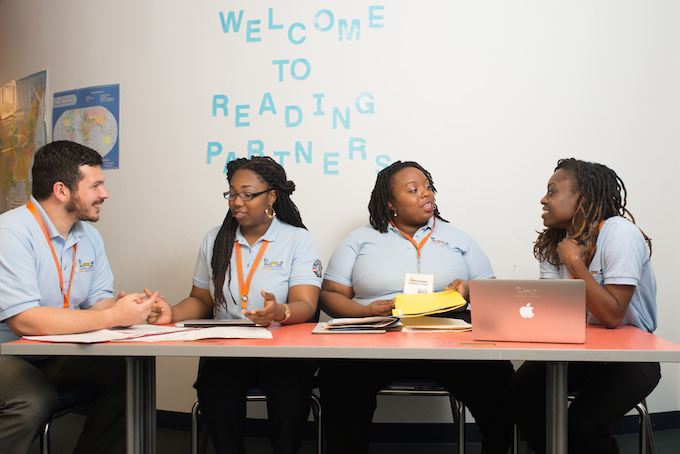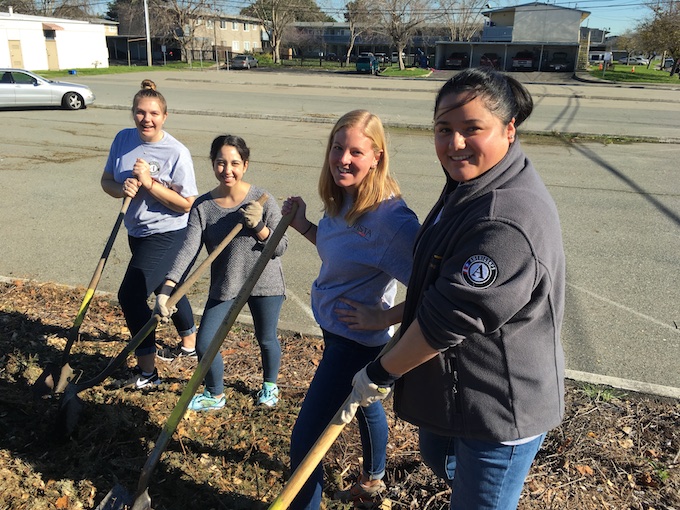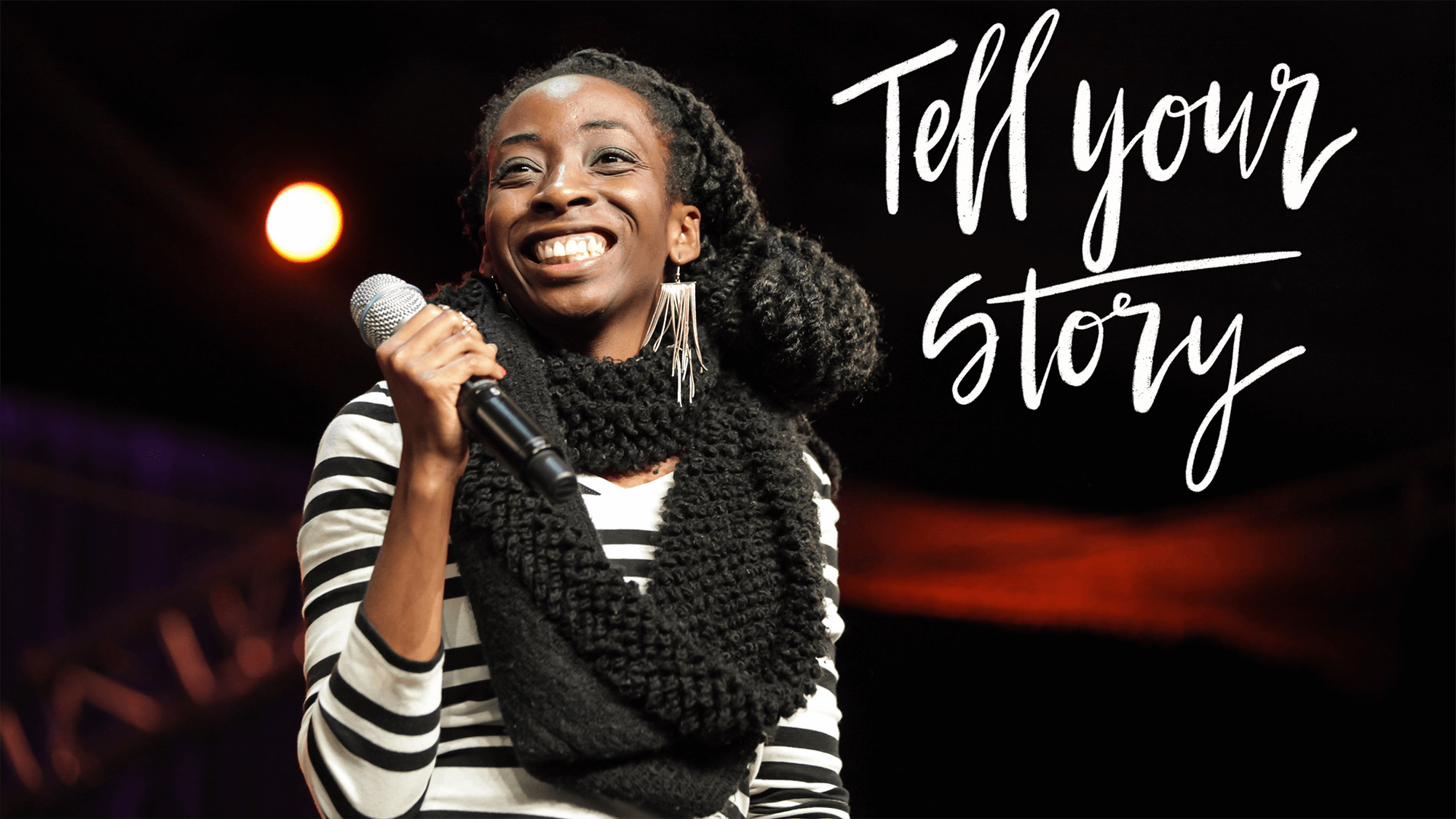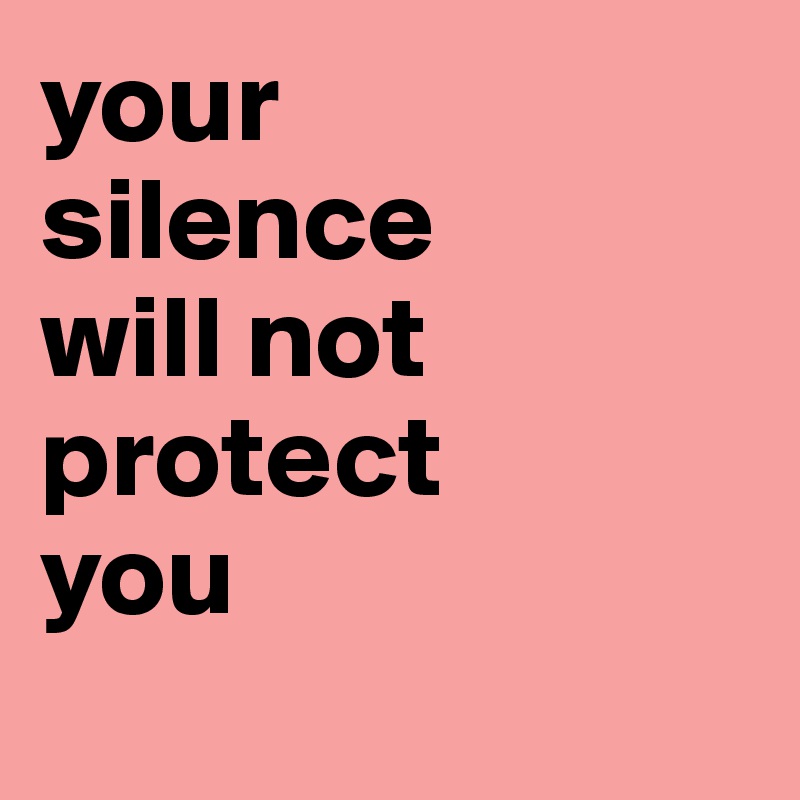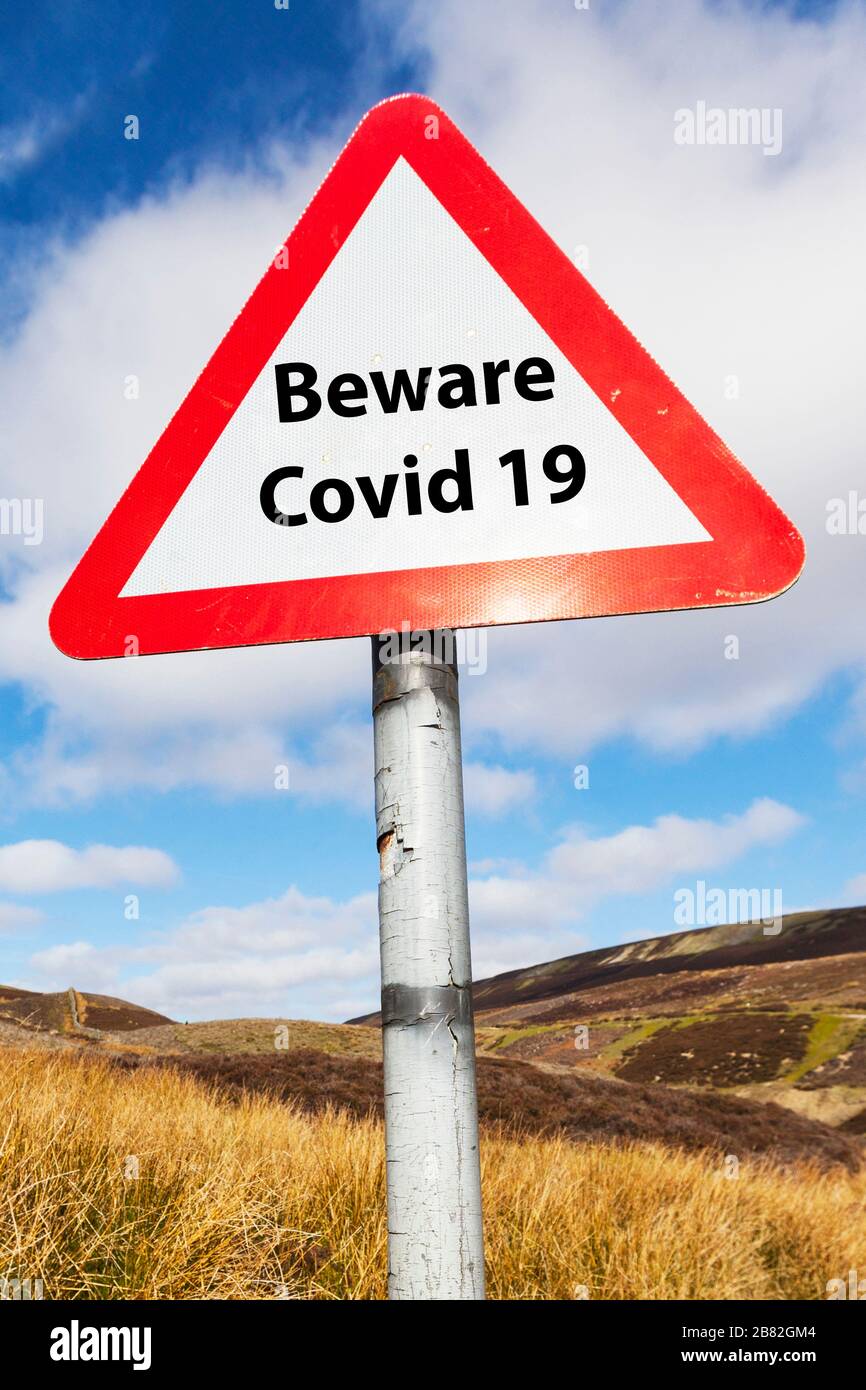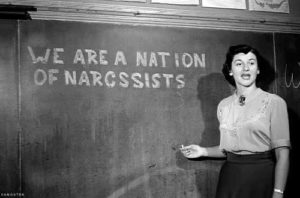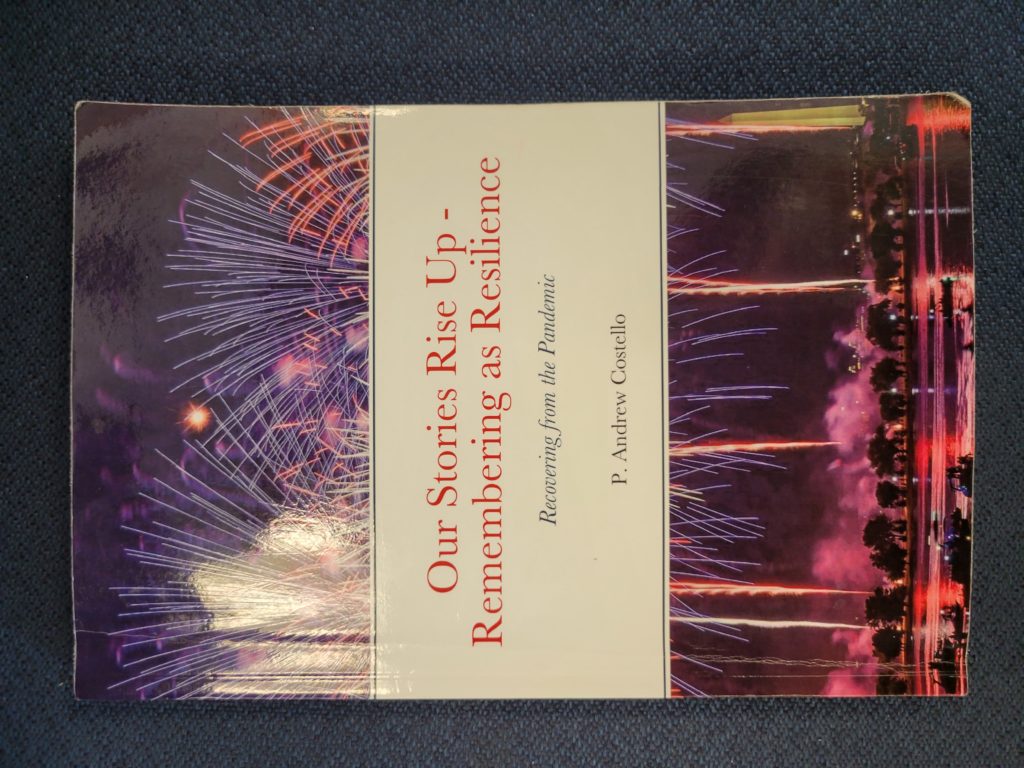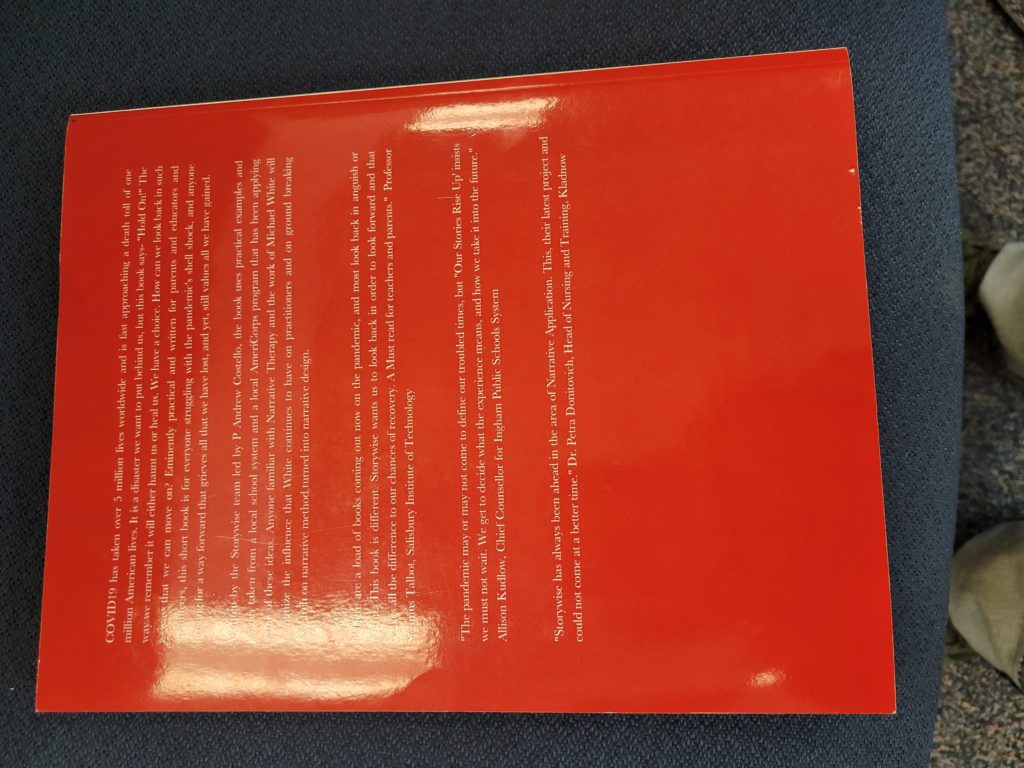
The recent ASC AmeriCorps training conference in Burlington VT was a grand reunion of program directors, State Commissioners and national AmeriCorps leaders. Our last meeting was in 2019, so meeting in person felt extra special. We could put aside our ZOOM faces and screens. If we chose to wear a green sticker, we gave notice that we were OK to be hugged again. It was sens-ational in the truest sense.
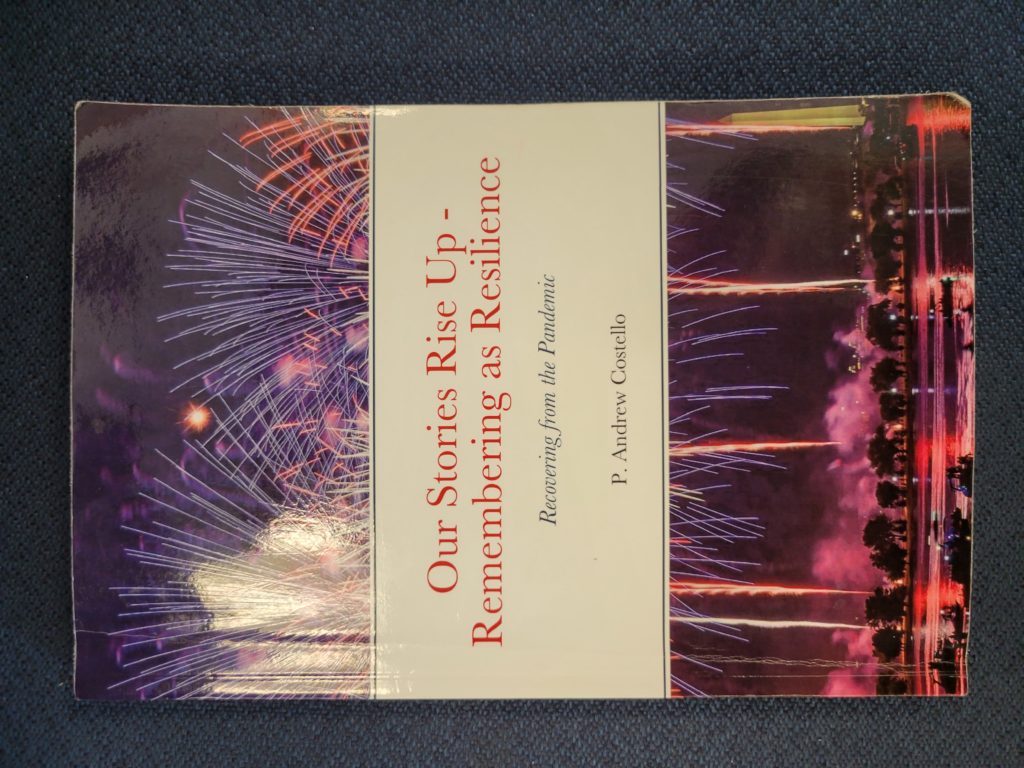
Thinking back to our last conference, one could not help feel how much the world has changed. Last week, the New York Times and the Washington Post featured the deadly milestone of ‘One Million lost to COVID.’ We pointed to that in our session that we delivered first up Wednesday morning entitled “Our Stories Rise Up” based on our newly published book. As the three days unfolded, and we attended great sessions on Mental Health and Wellness and How to Avoid Burnout, the elephant in the room was COVID, clearly the context for everything but sadly, not mentioned or directly addressed at all. We are living through it but not wanting to talk about it. AmeriCorps is not the only one. A national conference of family Therapists met in DC in March on the Theme “Meeting the Moment” and over three days, only one training out of 300 headlined the pandemic. Kubler Ross has stages of grief that begin with denial, and perhaps that is where we are right now.
The desire to get back to normal is irresistible but what we have all been through since March 2020 makes that a bit of a pipe dream. Instead of one great forgetting, these strained times call for us to lament our losses and gently embrace the new normal. We must allow learning to emerge from our lamentation. That is why the book presents a set of 22 tools and shares stories of how our AmeriCorps members have been able to do that.

What also came out of the week long sharing with other AmeriCorps programs was the recognition that, even if we have not been in the same boat, we have all been in the same storm. Some have survived better than others, but many of our usual social systems have been battered into brokenness: Education and Health and Food Delivery, Supply Chains and wages, and the predictable patterns of work and travel. We have not been able to mourn our dead except from a safe distance or behind a screen, and we have not been able to nurse our newborn. What kind of lasting toll does that take, when warm family contact threatens the frail and aged.
We may not all be depressed but the world we live in surely is. The rise in racism, suicides and shootings, the burnout among teachers, doctors, nurses and social workers, the stress on your ordinary AmeriCorps member has been extraordinary. At times, one has felt that we needed to suspend operations of trying to meet the urgent needs of the other, and just declare a time out, to mend and heal our own.

Our determination (or is it stubbornness?) kicks in, and we tell ourselves we can lick this. We will get things done. We will go the extra mile. And when we do, we find we have done ourselves in, and the extra mile has put us into a state of collapse. For all our best energy, the world is not so malleable to our intentions anymore. We are not in a position to help or change as we once thought we were. The world moved out of our reach and we stayed where we are.

We have to recognize where we are, in the Post COVID recovery phase of a global pandemic. If history is our guide, we are already living into some changes without quite understanding their long term implications. After the Black Death, when Europe lost half its population, the feudal system died with it, because now there was more land than people to farm it. And some historians even trace the rise of the British Pub to the aftermath of the disease. Why would this pandemic be any different?
We are in the middle of changes we cannot see, but which will profoundly shape our futures. Isn’t it time we talked about that? Isn’t it urgent that if the shape of the world we serve in has changed, that we do not rush back to a normal that no longer exists? A new world to serve in, demands a new way to serve in it.
The AmeriCorps conference, as great as it was, offered a program that started where we left off. How to recruit, how to balance budgets, how to do background checks etc. All of these are important, but all of them needed the added tag line “in a post-Covid world.” Our service had to change. So AmeriCorps has to change with it. That is what Lincoln realized at the outset of the Civil War, the only national catastrophe comparable to the pandemic, when he said:

‘The dogmas of the quiet past, are inadequate to the stormy present. The occasion is piled high with difficulty, and we must rise — with the occasion. As our case is new, so we must think anew, and act anew. We must disenthrall ourselves, and then we shall save our country.’
We need to change our mindset towards the pandemic. Instead of seeing it only as a disaster, we could see it instead as one grand social experiment. Then we would recognize it as a much needed stress test of our most basic social systems that keep people alive and healthy. Then we would put on the hat of a researcher, eager to find out not just where the systems cracked, but where the cracks opened up space for innovation and new opportunities to serve. Whatever past we lost in the catastrophe, we gained an insight as to where the future could be heading.

What kinds of community did we create using ZOOM that were never even imagined before? What new patterns of home life emerged when home became school, and home became the office, and home became the gym, or when the car sat in the garage for months because we got used to walking, or got used to delivery to the door? Amazon and Door Dash were never more convenient.
Change never comes easy. It grows out of necessity but when we get to the other side of the emergency, we can start to see a new world emerging. That idea is wrapped inside the very word “emergency.” We will come to realize that our best efforts in a failing system are as nothing compared to our failing and faltering efforts to rebuild a more equitable a system from the ground up.
This is our chance. This is our time. This is our post-Covid wake up call. AmeriCorps should lead the way in that. We at Project CHANGE certainly hope to.



